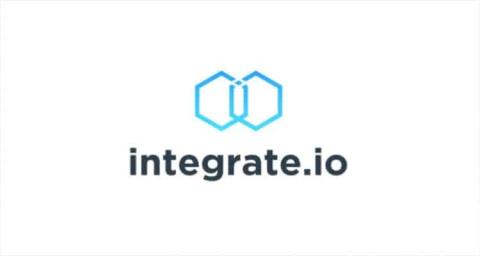3 Benefits of API Banking
Financial institutions rely on APIs to permit their different financial software solutions to communicate or to give clients access to their processes. Every time a client opens a mobile app for banking on their phone or interacts with the financial services industry through the web, they are using APIs (Application Programming Interfaces). The interaction with mobile users is one of the biggest benefits of API banking and APIs in general.



